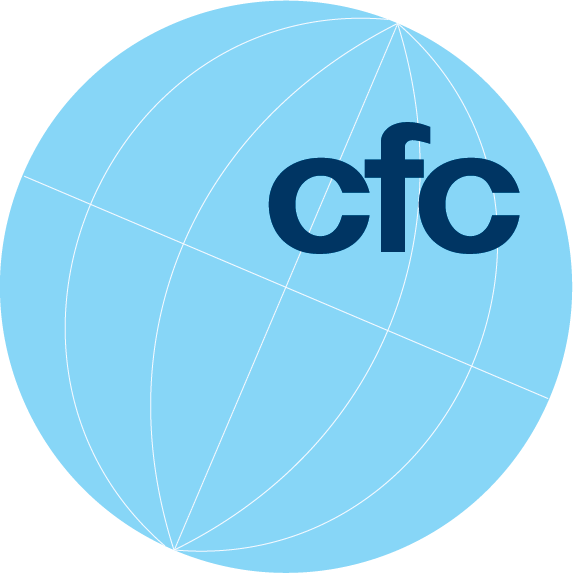by Mark Zannoni/Center for Cleveland
April 17, 2020
How severe of a revenue hit will the City face for FY2021 from the current recession? Revenue shortfalls for the City of Cleveland are expected to be between $187M and $305M for FY2021, calculated for less severe and more severe scenarios. These amounts in percentage terms are 6.4% and 10.4%, respectively, relative to projected revenues without a global health pandemic and resulting recession.
A detailed financial study of the largest US cities was undertaken to determine the revenue impacts to city budgets from the covid-19 recession. The shortfalls for each city are directly correlated to its type of revenue sources. Cities that rely heavily on sales tax, for example, are hit harder than say, cities that rely more heavily on property tax, as the former relies on retail spending which has been affected deeply in recent months.
The study was conducted by three professors, Andrew Reschovsky at the University of Wisconsin; Howard Chernick, professor emeritus of economics at Hunter College and CUNY; and David Copeland at Georgia State University. The findings of the study—including the numbers on Cleveland, above—will be published next month in the National Tax Journal. An article in the New York Times this morning covered some national highlights, but did not cover the details on Cleveland that we present here.
It is important to note that the numbers above represent not just City Hall, but the “fiscally standardized city” so that cities across the US could be compared to one another. Notes Prof. Reschovsky, “this includes the municipal government of Cleveland, plus the relevant share of revenues raised for the overlying county government, independent school districts, and special districts that serve the residents and businesses of Cleveland. Of total general revenue in 2017 of the Cleveland fiscally standardized city, only 35% was attributable to the City of Cleveland municipal government.”
150 cities were analyzed and the average shortfall was 5.5% in the less severe scenario and 9.0% in the more severe scenario. Hence, the impacts in Cleveland at a shortfall of 6.4% to 10.4%, are slightly larger. While Cleveland is not in the graphic in the New York Times article, if it were, the City would generally fall between San Francisco and Denver in that image.
In the “more severe” scenario, according to the study, the relative importance of the various sources of the projected shortfalls are:
State aid cuts: 32.2%
General and selective sales taxes: 14.2%
Income and other taxes: 19.1%
User charges: 23.0%
Misc. general revenue: 10.8%
(This is not saying that state aid cuts will be 32.2%, rather, of the full amount of revenue shortfall experienced by the city, 32.2% of it will be from a decrease in aid from the state of Ohio.)
Look for the full study published in the September issue of the National Tax Journal, and we’d like to thank Prof. Reschovsky for sharing the findings and insights on Cleveland before publication.
